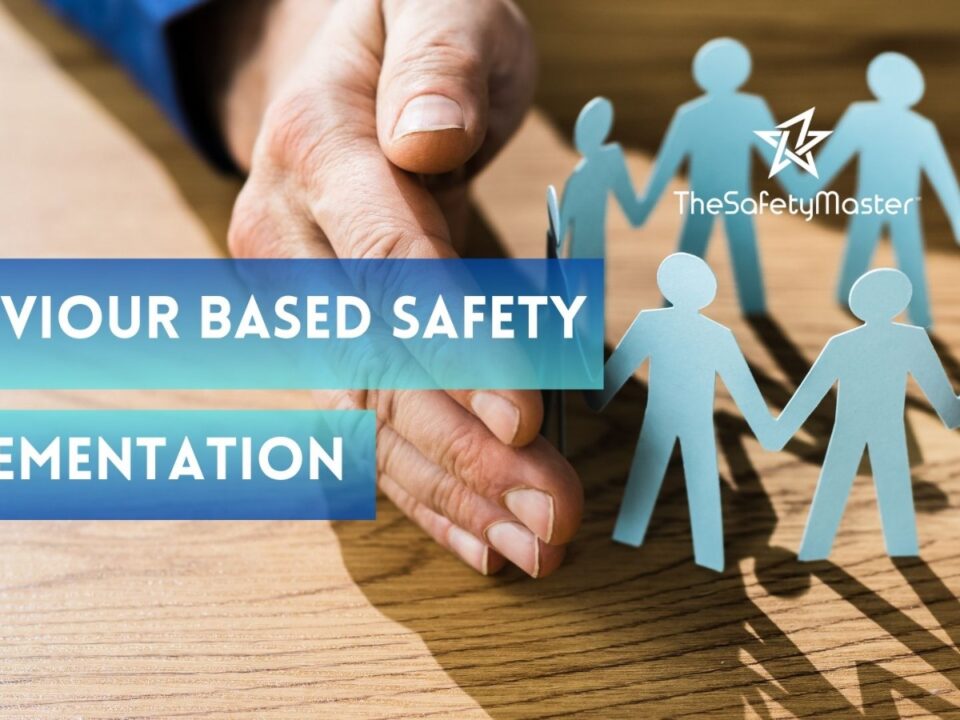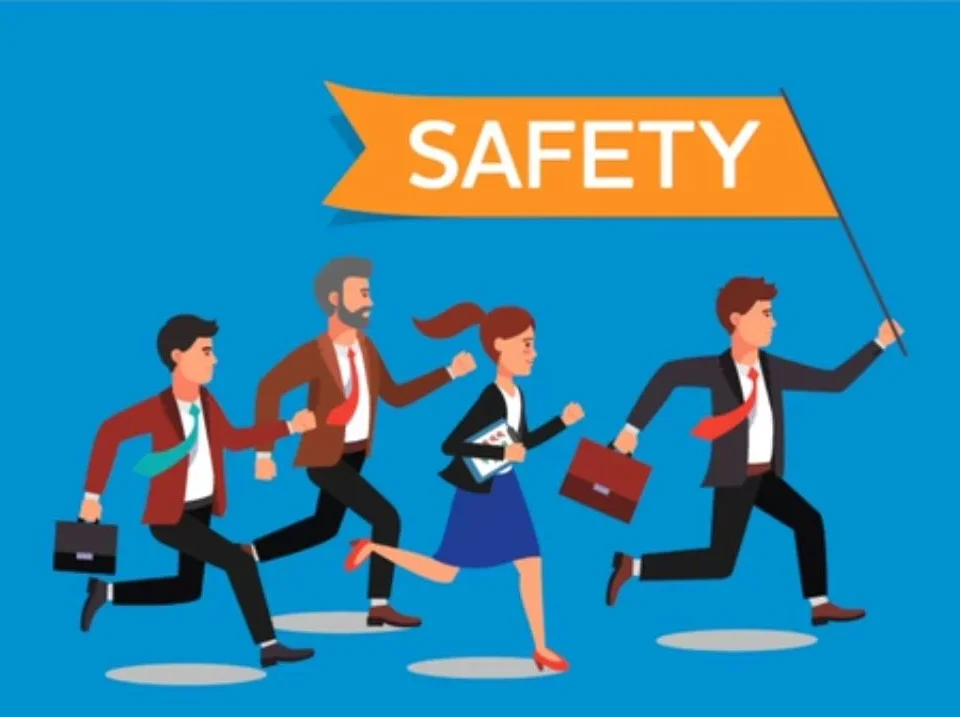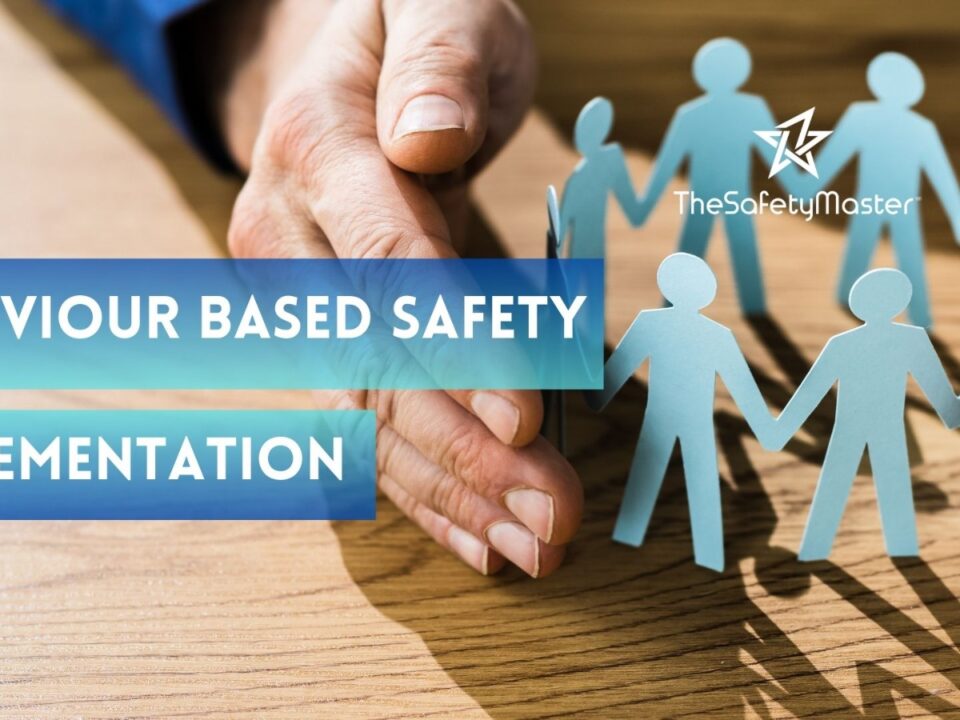Manual Material Handling: Techniques for Lifting and Moving Heavy Loads Safely – The Safety Master

Mercury Handling Safety: Protocols and Precautions in Laboratory Settings – The Safety Master
February 12, 2024
Storage and Safe Handling of HSD and Furnace Oil
February 12, 2024Introduction
Manual material handling involves the lifting, moving, and transporting of objects without the aid of machinery or automation. While it’s a common aspect of many jobs, it comes with its set of risks and challenges. In this guide, we’ll delve into the techniques and best practices for lifting and moving heavy loads safely, ensuring both efficiency and workplace safety.
Understanding Manual Material Handling
Manual material handling is an integral part of various industries such as construction, manufacturing, and logistics. It encompasses tasks like lifting boxes, carrying equipment, and moving materials from one place to another. Despite its prevalence, manual material handling can pose significant risks to workers if not done properly.
Risks Associated with Manual Material Handling
The risks associated with manual material handling include musculoskeletal injuries, strains, sprains, and even more severe conditions like hernias or fractures. Improper lifting techniques, overexertion, and repetitive motions are primary contributors to these risks. Additionally, factors such as poor posture, fatigue, and inadequate training can exacerbate the likelihood of accidents or injuries.
Ergonomic Principles for Safe Lifting
Employing ergonomic principles is crucial for ensuring safe manual material handling practices. Ergonomics focuses on designing tasks and equipment to fit the capabilities and limitations of the human body. When lifting heavy loads, it’s essential to maintain a neutral spine position, distribute weight evenly, and utilize the strength of the legs rather than the back.
Proper Lifting Techniques
To lift objects safely, follow these steps:
1. Assess the Load: Before lifting, evaluate the weight and size of the object. Determine if assistance or mechanical aids are necessary.
2. Position Yourself Properly: Stand close to the object with feet shoulder-width apart. Bend at the knees, not the waist, to lower yourself to the load.
3. Lift with Your Legs: Keep your back straight and lift using the muscles in your legs. Push through your heels as you straighten your legs to lift the load.
4. Hold the Load Close: Keep the load close to your body to minimize strain on your back. Avoid twisting your torso while lifting or carrying the load.
5. Move Slowly and Steadily: Walk slowly and carefully, using your legs to maneuver. Avoid sudden movements or jerking motions that could cause injury.
Importance of Training
Proper training is essential for preventing injuries related to manual material handling. Employees should receive comprehensive instruction on ergonomic techniques, proper lifting procedures, and the correct use of equipment. Regular training sessions and refresher courses can reinforce safe practices and promote a culture of safety in the workplace.
Equipment and Tools
Various equipment and tools can aid in manual material handling, including:
- Dollies and Hand Trucks: For transporting heavy or bulky items over short distances.
- Forklifts: Ideal for lifting and moving large loads or pallets.
- Hoists and Cranes: Used for lifting objects vertically or horizontally, especially in construction or manufacturing settings.
Choosing the Right Equipment
When selecting equipment for manual material handling, consider factors such as:
- Load Capacity: Ensure the equipment can safely handle the weight of the intended loads.
- Maneuverability: Choose equipment that can navigate the workspace effectively, especially in tight or congested areas.
- Durability: Opt for high-quality equipment that can withstand regular use and potentially harsh conditions.
Best Practices for Moving Heavy Loads
To efficiently move heavy loads:
- Plan Ahead: Assess the route and clear any obstacles or hazards before moving the load.
- Use Proper Techniques: Apply ergonomic principles and proper lifting techniques to minimize the risk of injury.
- Communicate Effectively: Coordinate with coworkers to ensure everyone is aware of the plan and their roles in the process.
- Take Breaks: Avoid overexertion by taking regular breaks and alternating tasks to prevent fatigue.
Teamwork and Communication
Effective teamwork and communication are vital for safe manual material handling. By coordinating with coworkers, distributing tasks appropriately, and communicating potential hazards or obstacles, teams can work together to ensure the safe and efficient movement of heavy loads.
Preventing Musculoskeletal Injuries
To prevent musculoskeletal injuries:
- Stretch and Warm-Up: Engage in stretching exercises before starting work to loosen muscles and improve flexibility.
- Use Mechanical Aids: Whenever possible, utilize mechanical aids or equipment to reduce the strain on the body.
- Practice Good Posture: Maintain proper posture while lifting and carrying loads, keeping the spine aligned and avoiding twisting motions.
- Seek Medical Attention: If experiencing pain or discomfort, seek prompt medical attention to prevent minor issues from developing into more severe injuries.
Safety Measures in the Workplace
Implementing safety measures in the workplace is crucial for protecting employees and reducing the risk of accidents or injuries. Some essential safety measures include:
- Provide Training: Ensure all employees receive adequate training on manual material handling techniques and safety procedures.
- Maintain Clean Workspaces: Keep work areas clear of clutter and debris to prevent trips and falls.
- Use Signage: Clearly mark hazardous areas or designate safe routes for moving heavy loads.
- Encourage Reporting: Encourage employees to report any safety concerns or incidents promptly.
- Regular Inspections: Conduct regular inspections of equipment and work areas to identify potential hazards and address them promptly.
Regular Maintenance of Equipment
Regular maintenance of equipment is essential for ensuring its safe and efficient operation. Schedule routine inspections, lubrication, and repairs to address any issues before they escalate. Properly maintained equipment not only reduces the risk of accidents but also prolongs its lifespan, saving on repair costs in the long run.
Employee Well-being
Promoting employee well-being goes hand in hand with ensuring a safe work environment. Provide resources for ergonomic assessments, encourage healthy lifestyle choices, and foster a culture that prioritizes employee health and safety. By investing in the well-being of employees, organizations can create a more productive and sustainable workforce.
Conclusion
Manual material handling is a common aspect of many industries, but it comes with inherent risks. By following ergonomic principles, proper lifting techniques, and utilizing the right equipment, workers can minimize the risk of injuries and ensure their safety on the job. Remember, prioritizing safety not only protects employees but also contributes to a more efficient and productive workplace.
FAQs (Frequently Asked Questions)
1. Is manual material handling only relevant to certain industries?
- No, manual material handling is prevalent across various industries, including manufacturing, construction, healthcare, and retail.
2. What are some common injuries associated with manual material handling?
- Common injuries include strains, sprains, muscle tears, hernias, and fractures, primarily affecting the back, shoulders, and knees.
3. How often should employees receive training on manual material handling techniques?
- Employees should receive initial training upon hiring, followed by regular refresher courses at least annually or as needed.
4. Are there any weight limits for lifting objects manually?
- While weight limits can vary based on individual capabilities and workplace regulations, it’s generally recommended to avoid lifting objects heavier than 50 pounds without assistance.
5. What should I do if I experience pain or discomfort while lifting heavy loads?
- If you experience pain or discomfort while lifting, stop immediately and seek medical attention if necessary. Continuing to lift under such conditions could exacerbate injuries and lead to further complications.




